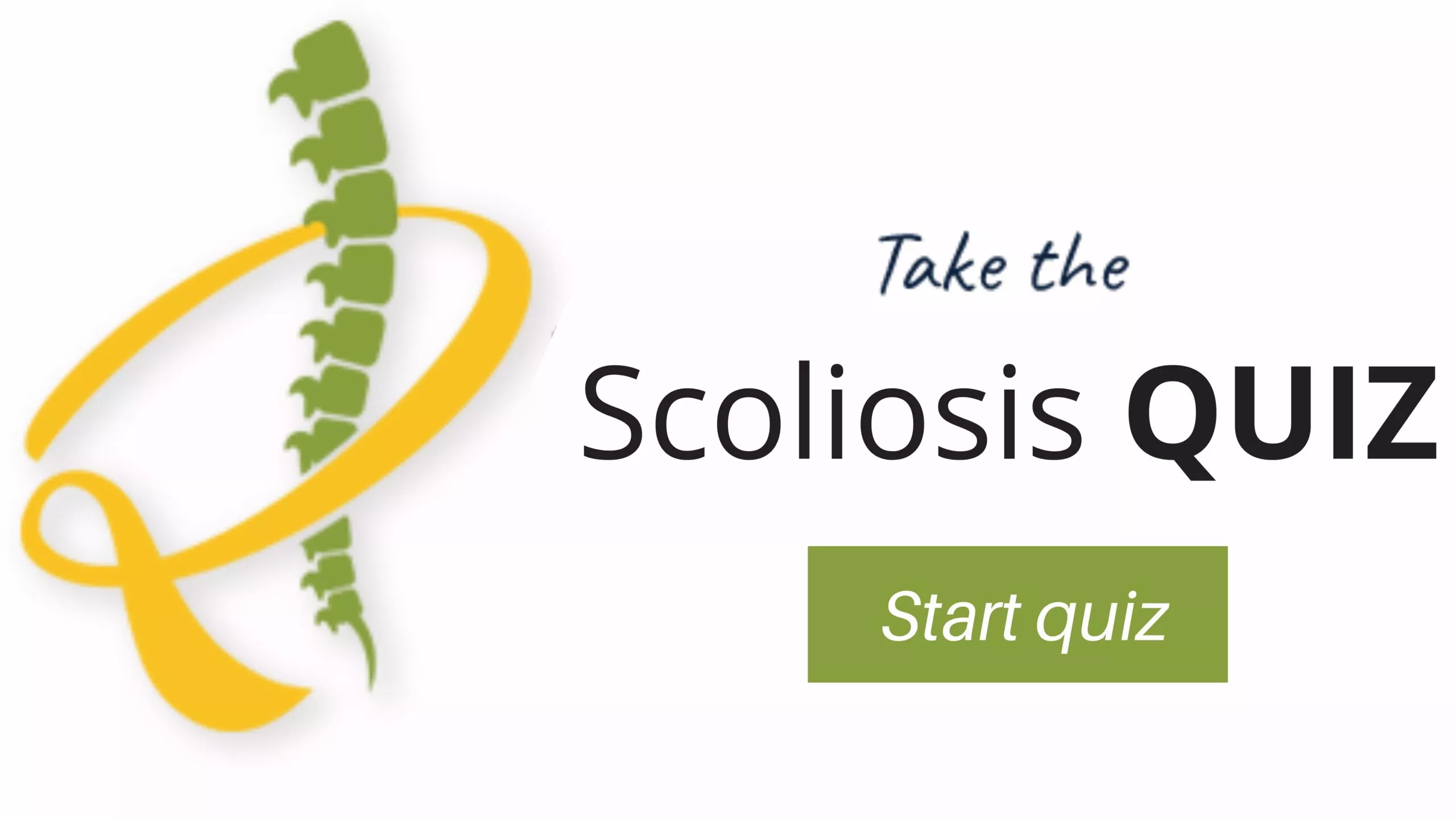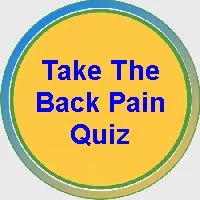
3 percent of individuals with progressive curvature may eventually experience severe problems that can include scoliosis and back pain, spinal problems, and nerve compression causing numbness, weakness, and leg pain.
Living with Back Pain?
Age, a sedentary lifestyle, poor nutrition, obesity, and stress all increase the likelihood of developing back pain. According to a wellness pain management specialist doctor, changing your lifestyle is one of the best ways to manage chronic back pain. Steroid injections, physical therapy, and prescription medications are the usual treatments for chronic low back pain. For chronic pain, injections might not be as effective or long-lasting, but they do come with some risks. Non-steroidal anti-inflammatory drugs (NSAID) used over an extended period of time can harm your kidneys, and liver, and cause GI bleeding or leaky gut. Acetaminophen can harm the liver and make it take longer to detoxify. Opioids can cause dependence, addiction, dependency on them, and endocrine issues. Most muscle relaxants have sedative effects. What choices remain then? Doctors advise a number of lifestyle modifications to help with back pain.
Use Food as Medicine
Numerous forms of chronic pain are primarily brought on by inflammation. Consuming a lot of sugar, refined carbohydrates like flour, and processed foods makes pain and inflammation worse. Get away from the calorie-dense, low-micronutrient American standard diet. In comparison, adopt a diet high in vitamins, minerals, and phytonutrients. Here are a few suggestions:
- Eat your colors. The several nutrients are indicated by various colors. Make vegetables the dish at each meal. The FDA suggests eight to nine servings daily.
- Consume reasonable amounts of protein. Fish and skinless chicken should be substituted in place of red meat. Even better, think about consuming more soy and other plant-based proteins.
- Simple carbs, like sugar and flour, are particularly problematic. Avoid eating sweets, pies, cakes, and other carbohydrates like pasta and bread.
- Limit your consumption of dairy products like cheese, eggs, and other milk-based items.
- Consume good fats. Healthy fats are found in avocado, olive oil, nuts, seeds, wild salmon, and other small wild fish.
Questions and Answers
How can I manage my Back Pain at Home
There are several self-care strategies you can try to manage back pain at home. These include:
- Applying heat or cold packs: Heat therapy can help relax muscles and increase blood flow, while cold therapy can reduce inflammation and numb the area.
- Practicing good posture: Maintaining proper posture while sitting, standing, and lifting can help alleviate strain on the back.
- Engaging in regular exercise: Gentle exercises such as walking, swimming, or yoga can strengthen the back muscles, improve flexibility, and reduce pain.
- Using over-the-counter pain medications: Nonsteroidal anti-inflammatory drugs (NSAIDs) can help reduce pain and inflammation.
- Implementing stress management techniques: Stress can exacerbate back pain, so techniques like deep breathing, meditation, or relaxation exercises can help manage pain levels.
When should I seek medical attention for my Back Pain
While most cases of back pain improve with self-care and time, certain situations may require medical attention. You should consider seeking medical advice if:
- The pain is severe, persistent, or worsening over time.
- The pain is accompanied by other symptoms such as numbness, tingling, weakness, or loss of bladder or bowel control.
- The pain is the result of an injury or trauma.
- The pain is interfering with your daily activities, sleep, or quality of life.
A healthcare professional can perform a thorough evaluation, diagnose the underlying cause of your back pain, and recommend appropriate treatment options.
Are there Life Style Changes I can use to treat or avoid my Back Pain
Yes, certain lifestyle changes can help prevent and manage back pain. Consider the following:
- Maintain a healthy weight: Excess weight puts added strain on the back, so maintaining a healthy weight can reduce the risk of developing or worsening back pain.
- Practice regular exercise: Engaging in regular physical activity helps strengthen the back muscles, improve flexibility, and promote overall spinal health.
- Practice proper body mechanics: Use proper lifting techniques, maintain good posture, and avoid prolonged sitting or standing in one position.
- Sleep on a supportive mattress and pillow: A mattress that provides adequate support and a pillow that keeps your neck aligned with your spine can help alleviate back pain.
- Manage stress: Chronic stress can contribute to muscle tension and pain, so incorporating stress management techniques like exercise, relaxation, or mindfulness can be beneficial.
Manage the Stress in Your Life
Stress hormones are released in response to pain, which causes muscles to tense up. Blood flow to tissues is decreased by muscle tension, which provides them with less oxygen and nutrients. When this occurs, you experience pain. While stress cannot be completely avoided, it can be managed. He claims that meditation and cognitive behavioral therapy are both very effective tools. Knowledgeable therapists can change your perception of stress. Pain can be reduced and anxiety can be reduced through meditation.
Don’t Shortchange Your Sleep
 Sleep is crucial because it promotes healing. Lack of sleep lowers pain tolerance, increases chronic pain, and releases more stress hormones. Losing sleep can make other health problems more difficult, such as managing diabetes-related glucose levels. So, adopt a healthy sleep routine. One hour before going to bed, stay away from blue light from smartphones and TVs. To maintain a regular internal clock, go to bed at the same time each night and wake up at the same time each morning. Additionally, a useful tool for better sleep is meditation. There are numerous apps for meditation. Before going to bed, begin with five to ten minutes of meditation. You can change it to 20 or 30 minutes each night if you like. You can also get more sleep at night by taking supplements like melatonin.
Sleep is crucial because it promotes healing. Lack of sleep lowers pain tolerance, increases chronic pain, and releases more stress hormones. Losing sleep can make other health problems more difficult, such as managing diabetes-related glucose levels. So, adopt a healthy sleep routine. One hour before going to bed, stay away from blue light from smartphones and TVs. To maintain a regular internal clock, go to bed at the same time each night and wake up at the same time each morning. Additionally, a useful tool for better sleep is meditation. There are numerous apps for meditation. Before going to bed, begin with five to ten minutes of meditation. You can change it to 20 or 30 minutes each night if you like. You can also get more sleep at night by taking supplements like melatonin.
Make Physical Activity a Habit for Living with Back Pain
In addition to being important for good health, exercise also helps people feel less pain. Exercise is essential to recovery, even when you’re in pain. Start with an enjoyable activity, and watch as you gradually transition from a less active to an active lifestyle. Try swimming, biking, walking, or chair yoga if you have trouble moving around. A modest increase in daily activity can have a significant positive impact on general health.
Pharmacologic Treatments
Medications such as muscle relaxants, analgesics, and anti-inflammatory drugs can all be used to manage chronic back pain. The majority, however, have undesirable side effects and are not recommended for long-term usage. Opioid medications shouldn’t typically be used as the initial, sole, or ongoing form of treatment for chronic back pain. Many of them are habit-forming and don’t deal with the real source of your pain. Only after a thorough examination by a specialist and in cases where other medications have proven ineffective should opioids be prescribed. It might be time to get a second opinion if you find that you need to take opioids to get through the day.
Step Away from the Screen
It shouldn’t come as a surprise that slumping over a computer, television, or gaming console is bad for your back. While more research is required, researchers have found several studies that link children who play video games to a higher risk of back pain. Limit the amount of time you and your children spend playing video games. While playing, maintain good posture and take frequent breaks. Most importantly, replace more physically active activities with some of your screen time.
Adjust your Office Ergonomics while Living with Back Pain
People are not just stuck to their screens for television and video games. Many people sit at their desks for long periods of time, hunched over computers. Your back, neck, and shoulders may suffer at work if you don’t use good ergonomics. Place your computer monitor at eye level and at least 20 inches away from your face to improve your workstation. Invest in a chair with armrests and a supportive lower back. Keep your shoulders relaxed and your head and neck in line with your torso. Keep your forearms and wrists parallel to the floor and your elbows close to your body while working.
Ask your Doctor About Herbal Remedies while Living with Back Pain
A variety of over-the-counter pain relievers can relieve back pain. However, you might also want to discuss herbal remedies with your doctor. For instance, ginger is a naturally occurring anti-inflammatory. It may be beneficial after strenuous activities and may help reduce inflammation linked to back pain. To make a spicy but calming cup of tea, think about simmering fresh ginger root slices in hot water for about 30 minutes. Pain relief from capsaicin has also shown some promise. It is the chili peppers’ main active ingredient. It is available as an oral supplement and topical cream. Back pain can occasionally last longer than expected, but you can lessen it by making some changes to your daily routine.
Physically and emotionally draining is chronic back pain. You might be given advice by a rehabilitation psychologist to manage the frustration, irritability, depression, and other psychological effects of dealing with chronic pain. To prevent your mind from dwelling on pain, this specialist might suggest mindfulness practices like meditation, yoga, tai chi, and other cognitive and relaxing techniques. Your back pain might reduce soon. Physical therapy and small but deliberate adjustments to your daily routine are just two examples of the many treatments that may be helpful. Even your breathing could have an impact! Ask your doctor first about the potential causes and treatments for your back pain. They might suggest occupational or physical therapy. Add these nine routine behaviors to your daily routine next:
Breathe in Deeply
When pain strikes, it’s simple to tense up. Try to breathe deeply instead. Consider picturing the breath going to the painful area. This will calm you down. You can also give other stress-reduction methods, like meditation, a try.
Challenge yourself Physically
Are you being too lax? It’s understandable but incorrect to believe that your back pain prevents you from being active. Activity is beneficial as long as it isn’t too tough, longer, or excessive. Back and abdominal strengthening exercises can aid injury prevention. Find out what is best for you by consulting a physician or physical therapist.
Don’t Baby your Back
Bed rest and braces have their place. Following an injury or surgery, your doctor might suggest them. However, you’ll feel better the sooner you start moving. Additionally, extended use of a brace can weaken your core muscles and make your pain worse.
Watch your Weight
Excess weight, particularly around the midsection, can change your center of gravity and strain your back. Eat a healthy diet and exercise frequently to reach or maintain a weight that is within 10 pounds of your ideal weight.
Reach Out
Pain has the potential to isolate. Thus, resist. Join a support group, schedule a few sessions with a therapist to help you manage your emotions, or talk openly about your struggles with your friends and family.
Review your Medications when Living with Back Pain
If you take medicine for back pain, talk to your doctor about what to expect from them, as well as any side effects and the recommended duration of use. If drinking makes it difficult for you to fall asleep, reduce your intake. Alcohol may help in sleep onset, but it will also make it more difficult to stay asleep through the night.
Do you use Tobacco?
If you smoke, stop. For guidance and assistance on this, consult your doctor. Degenerative disc disease, one of the main causes of low back pain, may be associated with smoking.
Conclusion
The doctors at the Southwest Scoliosis and Spine Institute with offices in Dallas, Plano, and Frisco, Texas are experts in reducing and eliminating back pain. We look forward to you making an appointment and beginning the journey to be pain-free.
____________________
We’re here to help STOP THE PAIN
If you are an adult living with scoliosis or have a child with this condition and need a doctor who specializes in orthopedic surgery,
call the Southwest Scoliosis and Spine Institute at 214-556-0555 to make an appointment today.


